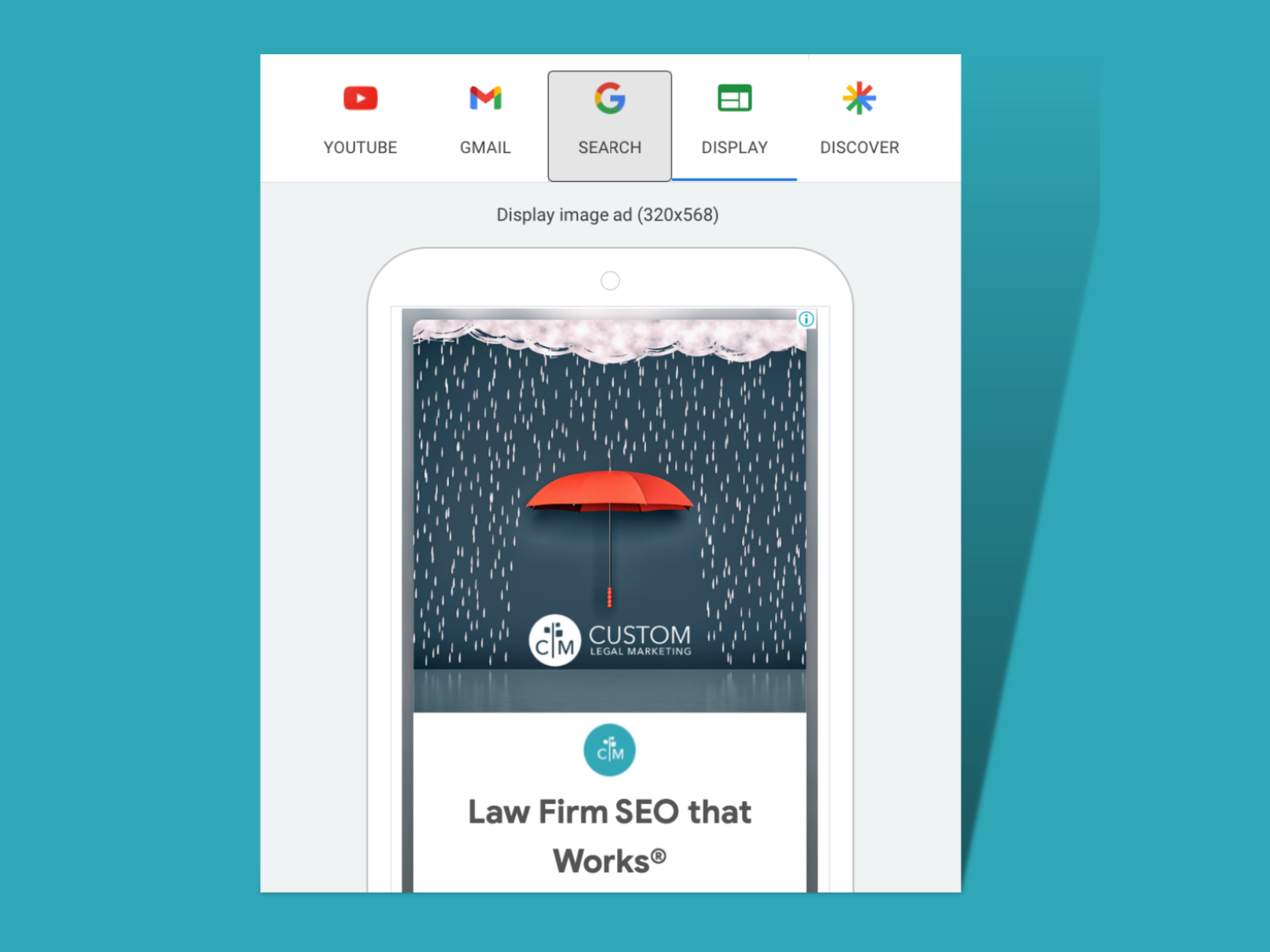Google Search, YouTube, Gmail, and Google Maps have massive audiences that are engaged with these platforms every day. With consumers flocking to these products en masse, law firms have the opportunity to leverage these products through campaigns in Google Ads to generate leads.
While most people are familiar with the traditional search campaigns, Google Ads has included a new type of campaign on its platform that many law firms haven't yet tried. This campaign is called, Performance Max.
By adopting diversification and automation as its core foundations, a Performance Max campaign can benefit your law firm's digital presence using a rich assortment of media and content and the influence of Google's extensive networks.
Benefits of a Performance Max campaign
Performance Max (PMax) is a goal-oriented campaign, meaning the campaign is designed for generating conversions. If your marketing objective is to increase leads and website traffic then a PMax campaign can benefit your law firm's marketing strategy.
The two unique functionalities of a PMax campaign are its ability to diversify and automate. A PMax campaign allows you to feature your ad across multiple Google products in a single campaign.
These products are:
- Google Search
- YouTube
- Google Maps
- Gmail
- Google Display Network
- Google Discover

Another benefit of a PMax campaign is allowing Smart Bidding, Google's automated bidding strategy, to take control of your bids. Smart Bidding uses Google's machine learning and contextual signal algorithms to find the users most likely to convert and places a competitive offer to get your ads to show.
Lastly, the type of ad created in a PMax campaign is unlike any within the Google Ads platform. With Google Ads prioritizing responsive ads for their Search and Display campaigns (you will not be able to create or edit expanded text ads at the end of June 2022), the ads coming from a PMax campaign are a mixture of every other type of ad available in Google Ads. You can include a multitude of texts, images, and videos, with Google showcasing the combination that they believe is the best for the particular user searching in real-time.
How to set up a Performance Max campaign
To have an optimal PMax campaign, your Google Ads account should already be running Search campaigns. PMax campaigns are intended to be an accompaniment to your Search campaign. You should also have ample high-quality images and videos available to include in your PMax asset group.
To get started on your PMax campaign, add a New Campaign and select your campaign objective. For law firms, you will want to select one of these three options (other options are available for other industries:)
- Leads
- Website Traffic
- Create a Campaign Without a Goal's Guidance
Once the PMax campaign type is selected, most of the creation process will be similar to other Google Ad campaigns such as daily budget, ad scheduling, location, and language targeting. A few unique differences are for Bidding, only max conversion, max conversion value, Target CPA, and Target ROAS are available, and Final URL Expansion, which is a new option. Final URL Expansion gives you the ability to input the root domain of your website, and Google will show users the most relevant URLs from your website. If you select this option, you'll be able to exclude specific URLs of your choosing from being displayed. You can also opt into the traditional landing page option, where Google will only show users the URL you input.
After you have set up your campaign settings, you will begin working on your asset group.
An asset group allows you to include the following content:
- Up to 15 images
- Up to 5 logos
- Up to 5 videos
- 5 headlines (30 characters max)
- 5 long headlines (90 characters max)
- 1 short description (60 characters max)
- 4 descriptions (90 characters max)
- 1 call to action
- Business name (25 characters max)

When your assets have been added, you'll be able to include audience signals to aid Smart Bidding in its efforts to curate qualified leads for you. Audience signals can be your remarketing data (some restrictions may prohibit law firms in certain practice areas from using remarketing data), targeted interests, detailed demographics, and custom segments, where you can enter search terms you believe a qualified lead would use.
The last step in the creation process is adding Google Ads extensions. The extensions available for use are:
- Sitelink
- Callout
- Call
- Lead Form
- Location
Once that is all completed, your PMax campaign is ready to go live! With the ability to cast a wide net across multiple platforms with a singular campaign, PMax campaigns might soon become necessary for law firms to include in their paid marketing strategy.
Dexter Tam is a Google Partner Certified SEM Specialist at Custom Legal Marketing.
